Do Fountain Pen Nibs Get Smoother With Use?
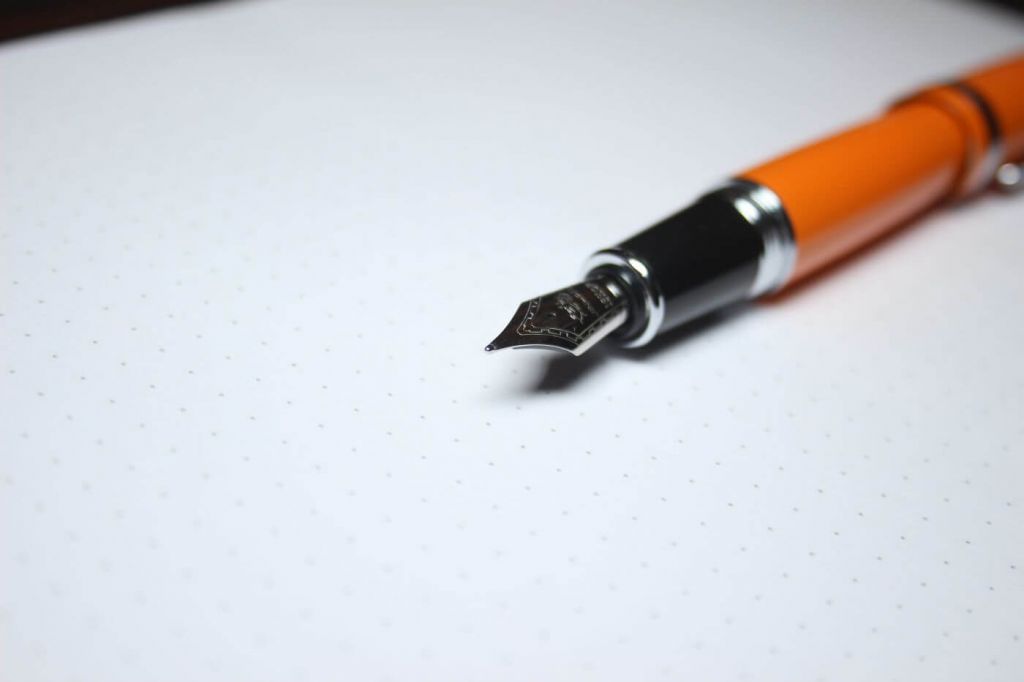
I've recently bought a new fountain pen. When I wrote with it the first time, it was really scratchy. Will the nib smooth out over time? Well, I have an answer.
Do fountain pen nibs get smoother with use? Fountain pen nibs will get smoother over time through regular use. Depending on the nib material, it could take anywhere from two weeks up to multiple months before noticing the difference. You can use micromesh or smoothing sticks to speed up the smoothing process.
In some cases, a scratchy nib points to a problem with your nib though, and you should take matters into your own hands.
In this article:
How Long Depends on the Nib Material
Depending on the material, it will take anywhere from two weeks to two months to break in. Here are the most common nib materials ordered from soft to hard:
- Gold (21K, 18K, 14K, 10K) - usually smoothes out very quickly
- Titanium - is softer than steel will probably smooth out within weeks
- Steel - could take up to a couple of months of regular use
- Iridium - iridium-dipped tips are harder than steel and will take longer to smooth out
If it takes longer to break in, you probably want to take matters into your own hands and speed up the process. There are ways to do this responsibly, without ruining your nib. I'll go over those at the end, but first I want to talk about when it is acceptable to write with a scratchy nib, and when it clearly isn't.
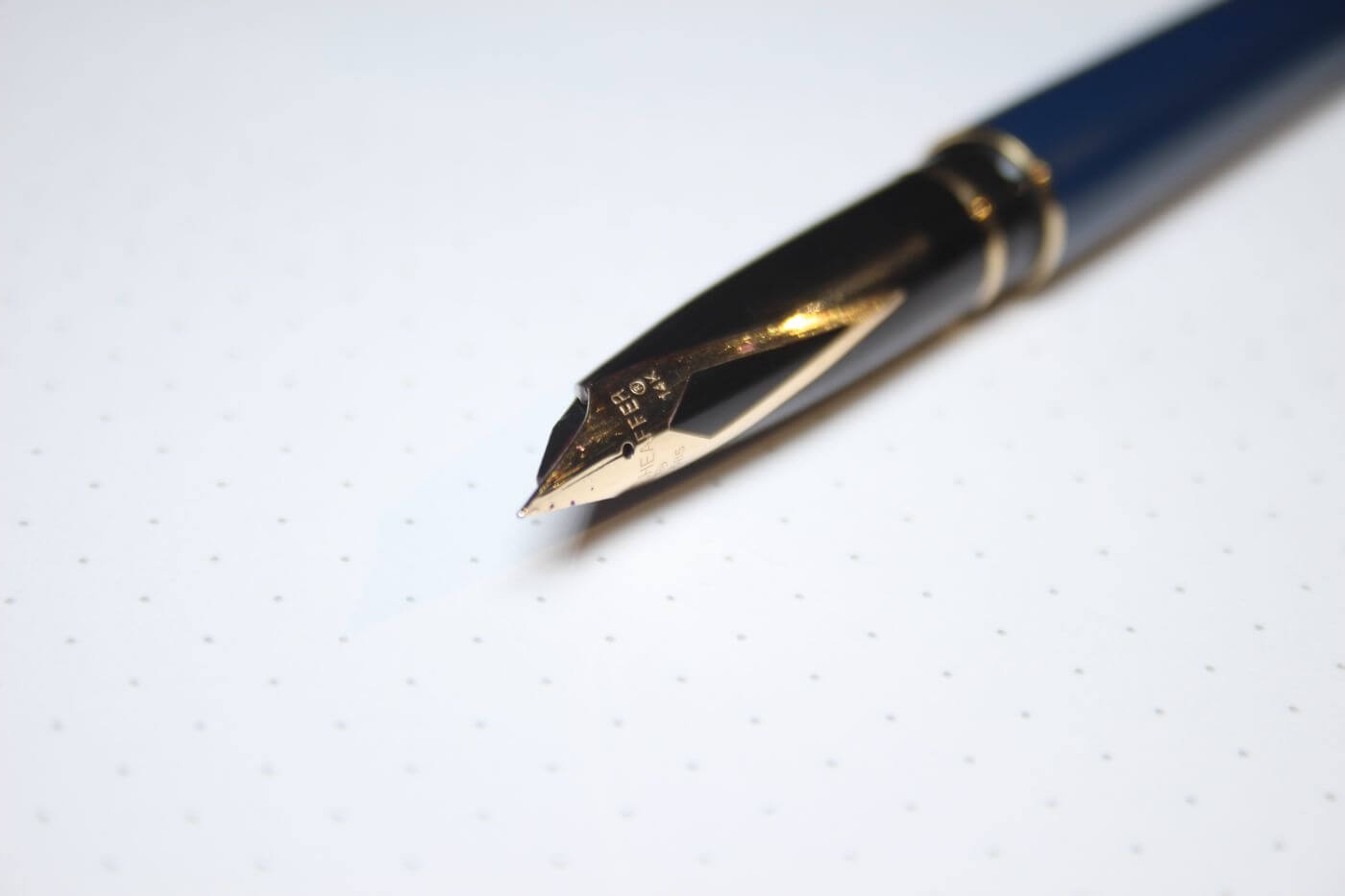
When to Scratch Your Head over a Scratchy Nib
Regular round-tipped nibs from size Medium (M) and up should be smooth from the get-go.
I recently got a Moonman M2 in the mail, and Moonman is known for producing some really decent nibs. However, not one manufacturer has time to check every single nib that roles of the production line; not even Moonman. So every now and then, a scratchy nib ships out to a customer. This time, that unlucky soul was me.
This nib was so scratchy it was a pain to write with. I've had my fair share of scratchiness, but this little bugger cut the paper, I'm sure. After weeks of painstakingly forcing myself to etch away at my notebook, it still hadn't smoothed. It had a number 5, round-tip, gold-plated, fine nib. Those should write smoothly from the get-go, so it was a manufacturing error, I'm sure of it.
If you find yourself with a similar nib, you probably want to speed things along, as I did. I'll go over some easy ways to fix it later on, but I first want to talk about when to expect a scratchy nib, when you shouldn't try to smooth it, but instead accept it for what it is.
Fountain pens that should be smooth from the get-go:
- anything with a regular round-tip nib sized M
- brands that are known for their smooth (and boring) nibs, like Parker
- new fountain pens
When To Expect Scratchy Nibs
Some fountain pens are scratchy by design
Reading this article, you're probably a fan of smooth writing. Believe it or not, some people actually like the feedback a more tactile nib provides. In some cases, I do too. Some fountain pens are simply designed to provide that feedback. Generally, you can tell by the nib type what to expect.
Nib type plays a large role
As I've pointed out earlier, the nib design plays a large role in scratchiness. Generally, the finer the nib, the scratchier it will be. Most fountain pens ship out with regular round nibs, which are generally very smooth, especially if you get a brand that's known for its smooth nibs like Parker or Moonman (those are my experience). You can expect nibs sized M and up to be smooth out of the box. Nibs sized Fine (F), and Extra Fine (EF) are generally scratchy.
However, other nib designs might still feel scratchy after years of use—especially speciality nibs like italic, oblique, or architect nibs. You can read my detailed article on nib types for a full nib type guide with pictures.
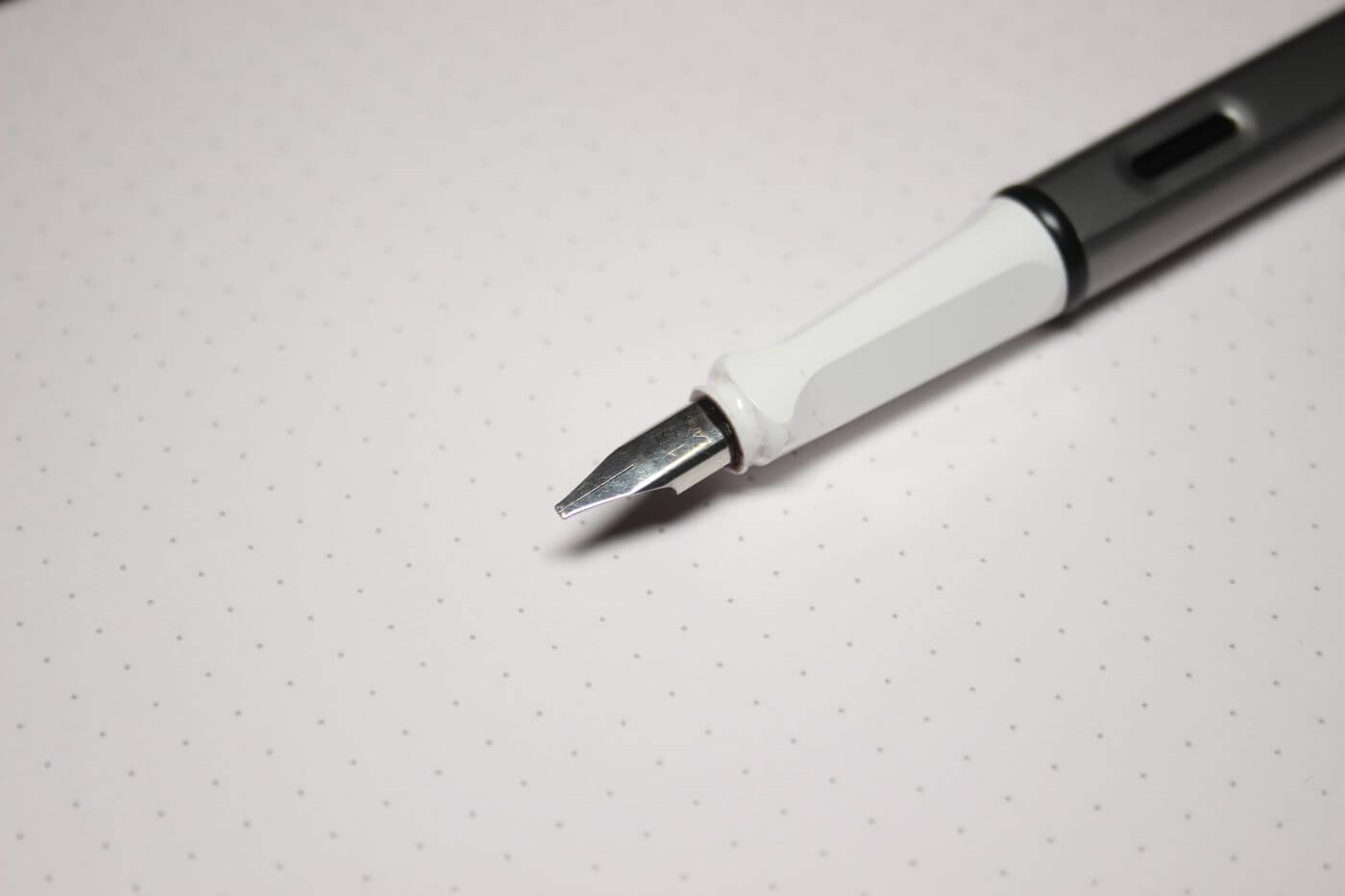
Paper type is important as well
Paper isn't smooth at all. Some everyday paper is unbearably coarse. Chances are, you've never noticed, until now, since you used a ballpoint pen, which requires barbaric amounts of pressure in order to write and uses a lubricated ink as well. Fountain pens are a bit more nuanced and will pick up on the smallest irregularities. Bummer, you now have to get premium paper as well. I love Rhodia Le R pads, which is 90 gr/m2 ivory satin. It's the notepad of choice for most fountain pen writers.
If you persist on writing on bad paper, you want to get a Medium nib at the least, and use an anti-feathering ink, like Noodler's X-Feather (it really works). Dryer pens like Parkers tend to work wonders.
Hmm, a dryer fountain pen with a dryer ink on cheap paper... sounds a lot like a decadent ballpoint penner.
Misaligned tines could be the culprit
Sometimes, your scratchiness is due to misaligned tines. Misalignment will always result in scratchiness, and typically also in a skipping pen.
The tines are the two tips of the nib.
You get misalignment whenever you drop the pen on its nib or bump the nib into something (like the cap). Most pens can handle a bit of stress, so you don't have to be overly cautious, but the nib is the most delicate part of the fountain pen, so when you experience problems you should inspect the nib more closely.
You can easily check for misaligned tines by looking at the side of the nib. Using a loop or magnifying glass makes noticing any misalignment a lot easier. If you don't have a loop, you can also run your fingernail across the tip to try to feel any misalignment.
If you have misaligned tines, you'll have to realign them. I recommend handing over your pen to a specialist, as there is no pretty way to realign the nib. You'll have to get some pliers and bend them back. Practice on cheap pens first - chances are you'll ruin the nib.
Ways to Speed up the Process
If you are impatient, like me after my latest break in process (more on that later), there are some simple ways to speed up the process. Here are the techniques I've used to smooth out new fountain pen nibs quickly:
How to smooth a new fountain pen nib quickly:
- rinse the nib
- use coarse paper initially
- use micromesh or a smoothing stick
I recommend you try them in that order, from least invasive to most invasive, to prevent any unnecessary alterations or damage to your nib.
Rinse the nib
New nibs can contain steel shavings or dust buildup from the factory. The nib could also be greasy. Cleaning it before use is always a good idea, and it only takes a minute. Simply rinse the nib under the tap. Use lukewarm water for the best result.
Use coarse paper initially
The first week of using a fountain pen, I sometimes only use coarse paper. That's not the greatest writing experience, but it does help to break in the nib more quickly than using satin-smooth ivory paper, which is basically a coastal all-in sun resort among fountain pen nibs.
Paper is very fibrous, and the coarser it is, the more it will smoothen the nib. In practice, it is very mild sanding paper:

Use micromesh or a smoothing stick
I have some pieces of micromesh in my desk drawer I can use to quickly smooth out a nib. This is the most aggressive method of smoothing (apart from the whetstone), but it works wonders. You simply use the ink as a lubricant or take some water and write a dozen figure-eights on the mesh. Test the writing before repeating. Repeat until happy with the result.
You want to write as you would normally do since this method grinds away the nib and you get the smoothest writing experience if it is ground at the angle you write at.
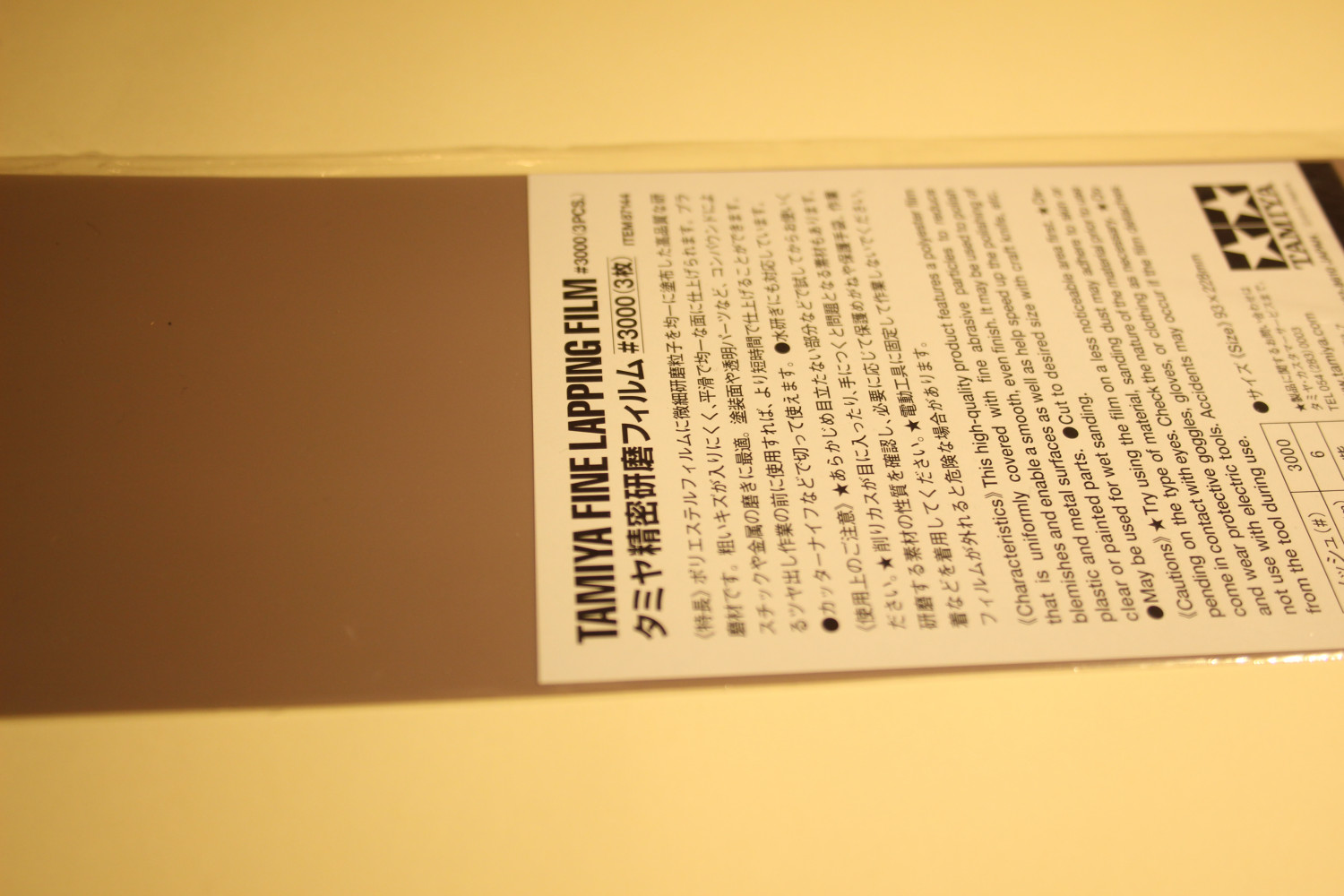
Recommended gear for nib maintenance
The three things I recommend that you get for maintaining your fountain pen nibs are:
- Micro Mesh sheets (check price on Amazon) - for polishing and grinding nibs. Use the 3200 grit and above.
- Jewelers loupe (check most popular on Amazon) - for inspecting tine alignment and adjustements.
- Diamond stone (check price on Amazon) - for grinding new nibs, like italics, I really like this DC3 diamond/ceramic whetstone. It's a great size for nibs, pocket knives, and small kitchen knifes too. It's incredibly durable and easy to use, and you use it dry. Takes up absolutely no space - really a great find. The ceramic side is 15 micron or 1200 grit, the diamond side is 25 micron or 700 grit - which makes it great for quickly grinding a new edge to any material.
If you appreciate quality supplies you can check out my recommendations at Must-Have Maintenance Gear for Fountain Pen Users.
Did you find the answer to your specific question?
👍 19 👎 4
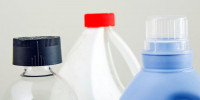
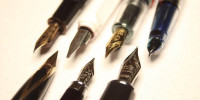
Comments
TedM
What is your favorite fountain pens and why?
Michael
I am a life-long user of Parker pens, from ballpoints to fountain pens. I am a lefty and the hooded nib of the Parker 51 (with either a medium or broad nib) has provided the greatest ease in using fountain pens. I have recently started using Parker Duofolds as well. I tend to like the vintage pens for the quality of their materials, their history and longevity. As a lefty, however, I have often encountered ink flow issues even with the vintage pens and it sometimes takes either a nib adjustment or use over some time before the ink flows to my liking. For me, a fountain pen should flow like I am painting. Thank you.
Diane Weidenbenner
Where do you get micromesh or a smoothing stick?
Shawn
Hi Diane, I simply get it from Amazon. You can find a link to a good set at onepenshow.com/resources/maintenance.
I’ve also included a link in the article now for future readers.
Leave a comment